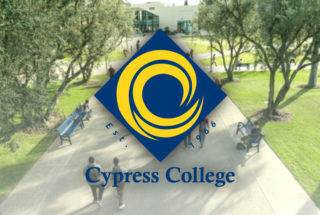Airline and commercial pilots fly and navigate airplanes, helicopters, and other aircraft.
Pilots typically do the following:
•Check the overall condition of the aircraft before and after every flight
•Ensure that the aircraft is balanced and below its weight limit
•Verify that the fuel supply is adequate and that weather conditions are acceptable
•Prepare and submit flight plans to air traffic control
•Communicate with air traffic control over the aircraft’s radio system
•Operate and control aircraft along planned routes and during takeoffs and landings
•Monitor engines, fuel consumption, and other aircraft systems during flight
•Respond to changing conditions, such as weather events and emergencies
•Navigate the aircraft by using cockpit instruments and visual references
Some pilots are also instructors using simulators and dual-controlled aircraft to teach students how to fly.
The following are examples of types of pilots:
Airline pilots work primarily for airlines that transport passengers and cargo on a fixed schedule. The captain or pilot in command supervises all other crewmembers and has primary responsibility for the flight. The copilot, often called the first officer or second in command, shares flight duties with the captain.
Commercial pilots are involved in unscheduled flight activities, such as aerial application, charter flights, and aerial tours. Commercial pilots may have additional nonflight duties. Some commercial pilots schedule flights, arrange for maintenance of the aircraft, and load luggage themselves.
Work Schedules
Federal regulations set the maximum work hours and minimum requirements for rest between flights for most pilots. Airline pilots fly an average of 75 hours per month and work an additional 150 hours per month performing other duties, such as checking weather conditions and preparing flight plans. Pilots have variable work schedules that may include some days of work followed by some days off. Flight assignments are based on seniority. Seniority enables pilots who have worked at a company for a long time to get preferred routes and schedules.
Airline pilots may spend several nights a week away from home because flight assignments often involve overnight layovers. When pilots are away from home, the airlines typically provide hotel accommodations, transportation to the airport, and an allowance for meals and other expenses. Commercial pilots also may have irregular schedules. Although most commercial pilots remain near their home overnight, some may still work nonstandard hours.
Bureau of Labor Statistics, U.S. Department of Labor, Occupational Outlook Handbook, Airline and Commercial Pilots,
on the Internet at https://www.bls.gov/ooh/transportation-and-material-moving/airline-and-commercial-pilots.htm (visited December 20, 2017).







